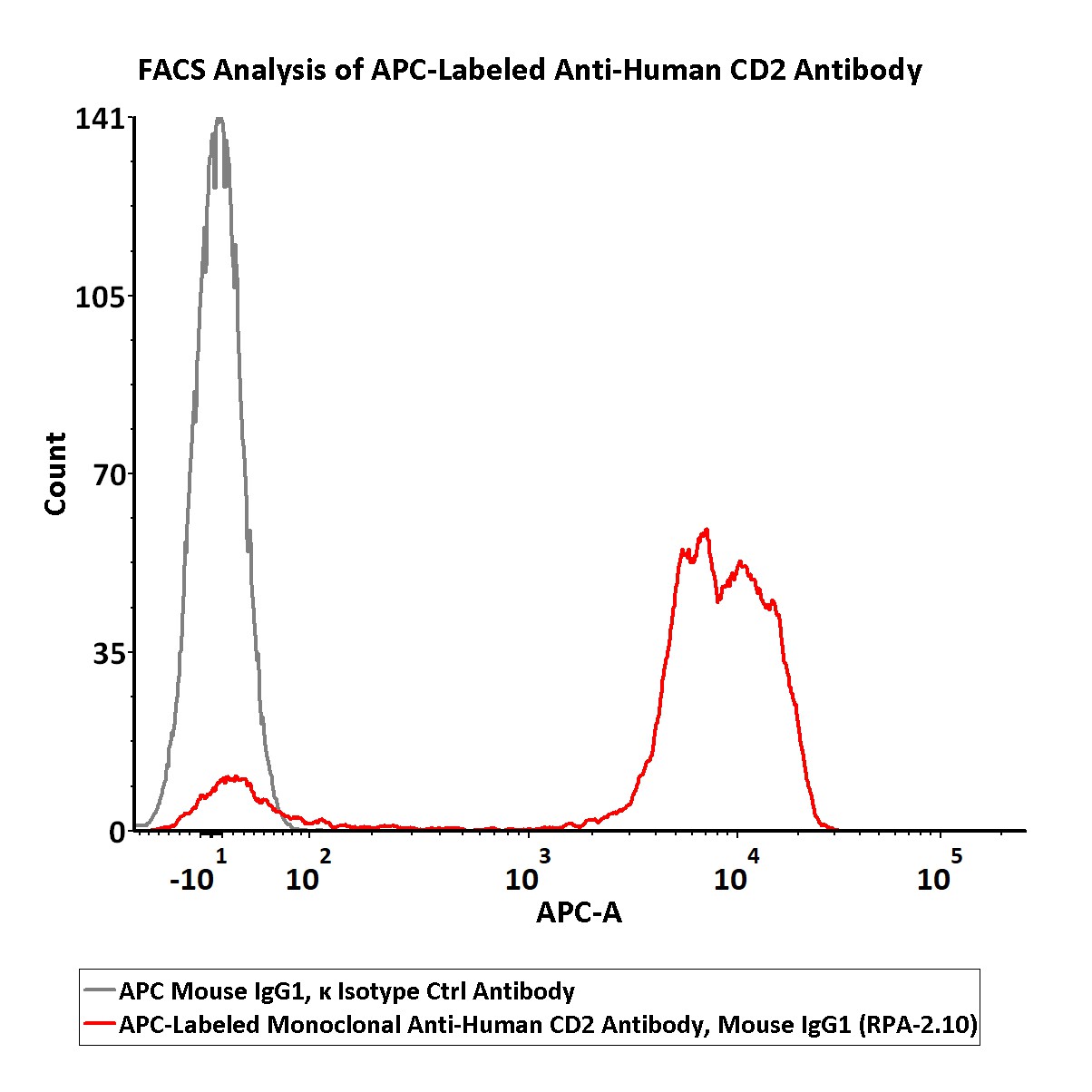Preliminary Investigation into the Use of Amino-Acid-Derived Ionic Liquids for Extracting Cellulose from Waste Biomass to Prepare Cellulose Aerogel AdsorbentsDeng, Zhao, Nian
et alGels (2025) 11 (3)
Abstract: To investigate the feasibility of cellulose extraction from lignocellulosic waste biomass using ionic liquids-a sustainable and efficient approach-for preparing cellulose aerogel adsorbents, we employed a fully green amino acid-derived ionic liquid, cysteine nitrate ([Cys][NO3]), for cellulose separation from diverse biomass sources. The extracted cellulose, with a purity range of 83.8-93.9%, was processed into cellulose aerogels (CAs) via a conventional aerogel preparation protocol. The resulting CA exhibited promising adsorption capacities, including 0.2-11.6 mg/g for Na+, 4.4-19.9 mg/g for Ca2+, 4.15-35.6 mg/g for Mg2+, and 1.85-13.3 mg/g for Cd2+, as well as 9.7-17.7 g/g for engine oil. These results demonstrate the presence of effective mass transfer channels in the CA, proving that the cellulose's fibrillation capacity was preserved in the pre-treatment. This study illuminates the potential of this green, straightforward method for preparing aerogels from cellulose derived from waste biomass, with promising applications in wastewater treatment and material recovery.
Structural diversity dependent cation incorporation into magnetic Cr-Se nanocrystalsWang, Zhao, Wang
et alNanoscale (2025)
Abstract: Chromium selenide (Cr-Se)-based low-dimensional materials have attracted significant attention in spintronics because of their diverse structure- and composition-dependent magnetic properties. While significant progress has been made in fabricating the Cr-Se family of nanomaterials through techniques like chemical vapor deposition, the synthesis of Cr-Se nanocrystals (NCs) via colloidal methods remains underexplored. In this work, we demonstrate the robust colloidal synthesis approach for producing Cr2Se3 and Cr3Se4 NCs with distinct morphologies by varying the Cr precursors and ligands. Cr-Se NCs can serve as templates for cation exchange (CE) reactions involving monovalent Cu+ and Ag+, divalent Zn2+ and Cd2+, and trivalent In3+, facilitating the creation of a diverse library of metal selenide NCs and nanoheterostructures. Our findings highlight how the outcomes of CE reactions are influenced by the structure of various Cr-Se phases. Furthermore, the magnetic properties of the as-synthesized Cr-Se NCs and their derivative CuCrSe2 were investigated. Our work provides a robust synthesis route for the Cr-Se class of magnetic nanomaterials and a platform for creating a diverse range of functional metal selenide NCs via CE reactions.
Generation and characterization of a tamoxifen-inducible lineage tracing tool Cd2-P2A-CreERT2 knock-in miceGuo, Zhu, Yu
et alFront Immunol (2025) 16, 1482070
Abstract: The new targeted gene editing technologies, such as the CRISPR/Cas system, enable researchers to insert or delete genes at targeted loci efficiently. The Cre-loxp recombination system is widely used to activate or inactivate genes with high spatial and temporal specificity.Using the CRISPR/Cas9 system, we inserted the CreERT2 transgene expression cassette into the Cd2 gene locus to generate conditional Cre-driver line Cd2-CreERT2 knock-in mice, which drove the expression of CreERT2 by the endogenous Cd2 promoter. By mating the Cd2-CreERT2 strain with a Rosa26-LSL-tdTomato reporter mouse strain which contains a tdTomato expression fragment blocked with a loxP-flanked STOP cassette (LSL) driven by a CAG promoter, a Cd2-CreERT2;Rosa26-LSL-tdTomato reporter strain was obtained to evaluate the expression pattern of CD2 in different cell types.After treatment with tamoxifen, the Cd2-CreERT2 knock-in mice were induced to perform efficient recombination at the loxP site following CreERT2 activation and cause the expression of tdTomato fluorescence. The tdTomato and CD2 were expressed in the T cells of peripheral blood, spleen and mesenteric lymph nodes, whereas detected in a low proportion in the B cells. While about 20% of cells labeled with tamoxifen-induced tdTomato were CD2+ monocytes in peripheral blood, 10% of dendritic cells were tdTomato+/CD2+ cells. Tamoxifen-independent expression of tdTomato occurred in approximately 3% of CD2+ macrophages, but in negligible (~0.5%) in CD2+ granulocytes.This work supplied a new transgenic mouse as a valuable tool for lineage tracing in CD2-expressing cells, for conditional mutant studies of immune modulatory effects in a time-dependent manner, and analysis of the potential therapeutic effect of CD2-targeting biologics.Copyright © 2025 Guo, Zhu, Yu, Li, Chen, Ci, Sun and Shen.
Adsorption properties of Merrifield-bCCA chelating resins: a new alternative for Pb2+ removal from waterGarcía-Elías, Ochoa-Terán, López-Maldonado
et alRSC Adv (2025) 15 (12), 8999-9016
Abstract: In this work, five new chelating resins (MR n Bz) functionalized with N-benzyl bis(carbamoyl)carboxylic acid molecules (BzbCCA) on their surface were prepared to study the metal ion (M n+) adsorption properties in water. MR n Bz resins were characterized by FTIR, TGA, FESEM and EDS. The surface charge as a function of pH and the chemical adsorption of M n+ on the surface were evaluated through zeta potential (ζ) measurements. The M n+ adsorption capacity of MR n Bz resins was evaluated using Pb2+, Cu2+, Cd2+, and Ni2+ mixture model solutions at low concentrations. MR n Bz resins displayed selective adsorption of Pb2+ even in the presence of a molar excess of other cations, due to the intrinsic affinity and selectivity of BzbCCA molecules for this metal ion. The adsorption isotherms of Pb2+ showed that the adsorption capacity of MR n Bz resins was influenced by the spacer chain length. In addition, the resins were characterized by FTIR, TGA, FESEM and EDS after the M n+ adsorption process, confirming the M n+ loading on the resin surface.This journal is © The Royal Society of Chemistry.
























































 膜杰作
膜杰作 Star Staining
Star Staining
















